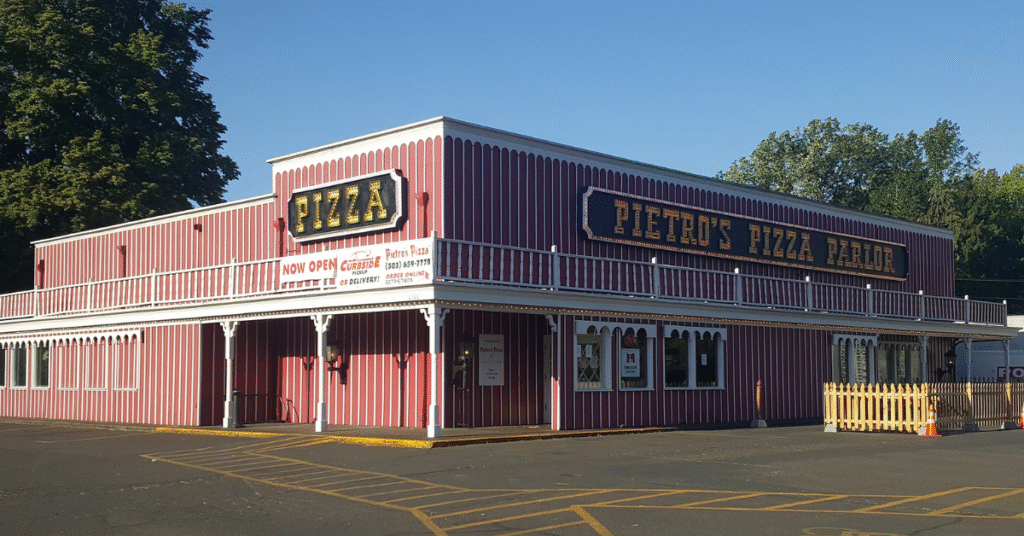
Living in Milwaukie, Oregon, means dealing with a unique combination of seasonal rains, aging plumbing infrastructure, and the occasional freezing temperature drop—all of which can contribute to hidden plumbing leaks. While some leaks are obvious (like a dripping faucet), many others hide behind walls, under floors, or beneath concrete slabs, causing serious structural and financial damage before they’re even discovered.
This comprehensive homeowner’s checklist will help you spot hidden leaks early, save water, and avoid costly repairs down the road.
🚨 Why Hidden Leaks Are a Serious Problem in Milwaukie
Milwaukie’s proximity to the Willamette River and its damp Pacific Northwest climate means that unchecked leaks can lead to:
- Mold and mildew growth
- Rotting drywall or wood framing
- Spike in water bills
- Foundation damage
- Pest infestations (ants, termites)
According to the Environmental Protection Agency (EPA), the average household’s leaks can account for nearly 10,000 gallons of water wasted every year—and 10% of homes have leaks that waste 90 gallons or more per day (EPA.gov).
✅ Milwaukie Homeowner’s Hidden Leak Checklist
Use this guide to inspect your home for less obvious water leaks:
1. Monitor Your Water Bill
Even small, undetected leaks can result in higher-than-usual water bills. Compare your monthly usage (in gallons) over the past few cycles. A consistent rise without any changes in your household’s water habits is a red flag.
💡Tip: Most Milwaukie homes are billed by Oak Lodge Water Services. Keep an eye on your monthly statements or log into your online account to track usage.
2. Check Your Water Meter
Turn off all taps, appliances, and irrigation systems. Then locate your water meter (usually outside near the curb or sidewalk). If it’s still moving, you likely have a leak somewhere in your system.
- For homes with a digital meter, look for a flashing leak indicator.
- For analog meters, observe the small triangular dial or low-flow indicator.
3. Inspect Floors and Walls for Warping or Discoloration
Look for:
- Peeling paint
- Bubbling wallpaper
- Sagging ceilings
- Warped hardwood or laminate flooring
These signs often point to slow leaks behind drywall or under flooring. Pay special attention to walls backing up to bathrooms and kitchens.
4. Look (and Smell) for Mold and Mildew
Even in dry zones, musty smells or visible mold patches can signal long-term moisture from a pipe leak. Leaks near the foundation can also contribute to basement humidity, even if there’s no standing water.
The CDC notes that mold exposure can trigger respiratory problems, especially in sensitive individuals (CDC.gov).
5. Examine Under-Sink Cabinets
Slow leaks under bathroom and kitchen sinks may not puddle—but they warp cabinetry, cause unpleasant odors, and ruin stored items. Run your hand along the pipe connections and use a flashlight to look for corrosion or mineral deposits.
6. Check Outdoor Hose Bibs & Irrigation Systems
Outdoor spigots often develop leaks at the connection point or underground. Hook up a hose and turn on the water—then listen carefully for a whistling or gurgling sound in the wall or ground.
7. Use Dye to Test Toilets
Toilets are one of the most common sources of hidden water loss. Put a few drops of food coloring in the tank—wait 15–20 minutes without flushing. If color appears in the bowl, you have a leaky flapper valve.
8. Look for Foundation Cracks or Shifting Soil
Leaks under concrete slabs (slab leaks) are especially dangerous because they affect your home’s foundation. Signs include:
- Warm or wet spots on the floor
- Cracking tiles
- Moldy carpet
- Hearing running water with all fixtures off
🛠️ What To Do If You Suspect a Leak
If you notice multiple signs from this checklist, it’s time to take action. Don’t delay—even minor leaks can lead to serious damage and inflated water bills.
👨🔧 Contact Einstein Pros Milwaukie Plumbing Services to schedule a professional inspection or leak detection. Our licensed plumbers use non-invasive tools like thermal imaging and acoustic detection to locate hidden leaks fast.
💧 Prevent Future Problems: Proactive Tips
- Schedule an annual plumbing inspection
- Replace aging pipes with modern materials (PEX or copper)
- Insulate pipes during winter to avoid bursts
- Install smart water monitors to catch leaks early
Final Thoughts
Hidden leaks are sneaky and expensive—but with this Milwaukie homeowner’s checklist, you can stay ahead of water damage and keep your plumbing system in top shape. For expert help, trust the pros who know the local homes and challenges best.
🔧 Einstein Pros Milwaukie is your reliable, local plumbing partner—ready to help you detect, fix, and prevent leaks with confidence.
Sources:
- Environmental Protection Agency: Fix a Leak Week
- Centers for Disease Control and Prevention (CDC): Mold FAQs
- Energy.gov: Water Heater Info
